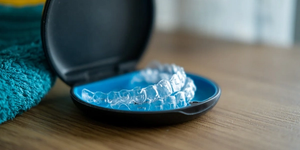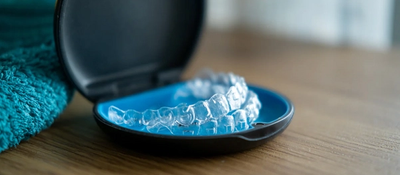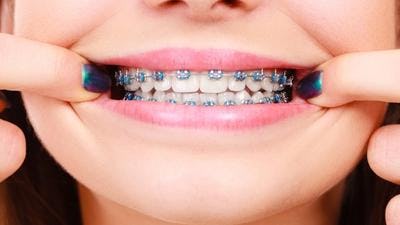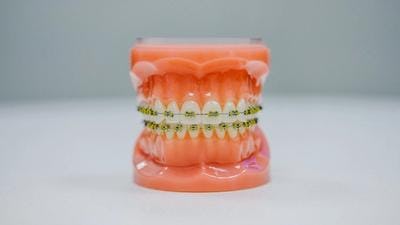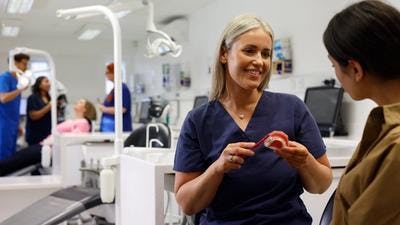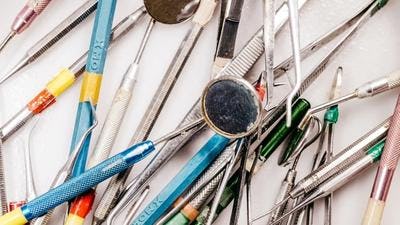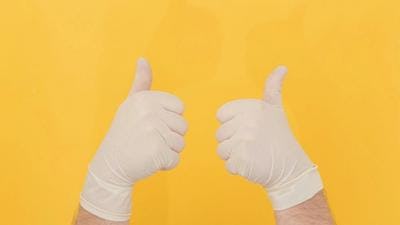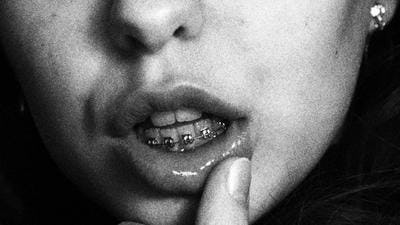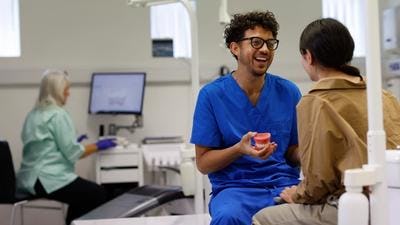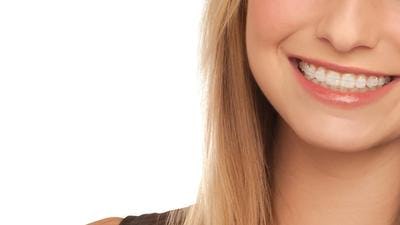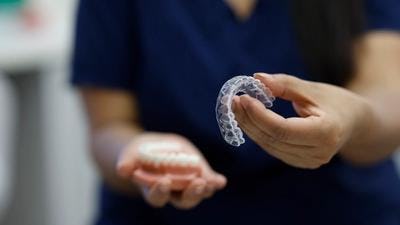The Complete Guide to Orthodontic Appliances
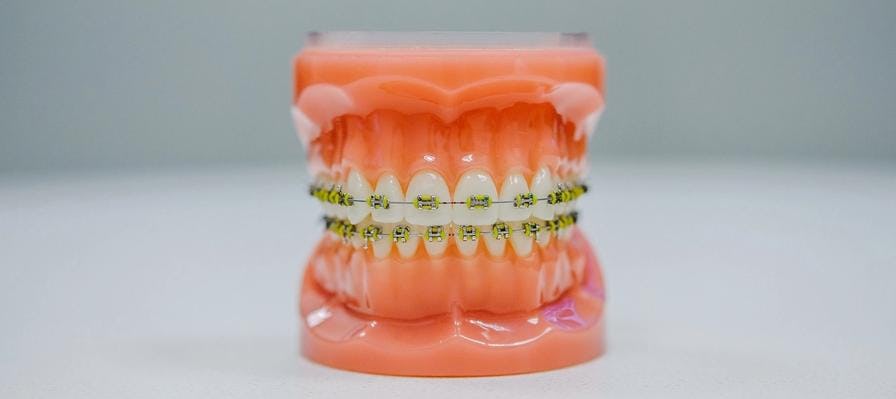
From traditional braces, innovative clear aligners like Invisalign, 2-phase treatments with twin-blocks or expanders...
Orthodontic appliances are an essential component of modern dentistry, aiding in the correction of misaligned teeth and jaw issues. Whether you're considering orthodontic treatment or simply curious about the various tools used in this field, this comprehensive guide will provide you with insights into a range of orthodontic appliances. Let's start with an introduction to the first few appliances on our list:
1. Metal Braces and Ceramic Braces:
Braces are perhaps the most well-known orthodontic appliances. They come in two primary types: metal braces and ceramic braces. Metal braces are made of stainless steel and consist of brackets bonded to the teeth, connected by wires. Ceramic braces, on the other hand, are less conspicuous, as they use tooth-coloured or clear brackets and wires. Both types of braces work by applying constant pressure on the teeth to gradually shift them into the desired positions. They are effective for a wide range of orthodontic issues, from crowded teeth to overbites and underbites.
2. Clear Aligners (e.g., Invisalign):
Clear aligners, like Invisalign, offer a discreet and convenient alternative to traditional braces. These orthodontic appliances are a series of custom-made, clear plastic trays that fit over your teeth. They are designed to incrementally move your teeth into their correct positions. Clear aligners are removable, making them easier to maintain oral hygiene and allowing you to enjoy your favourite foods without restrictions. They are ideal for individuals with mild to moderate orthodontic issues and those who prefer a more aesthetically pleasing solution.
3. Lingual Braces:
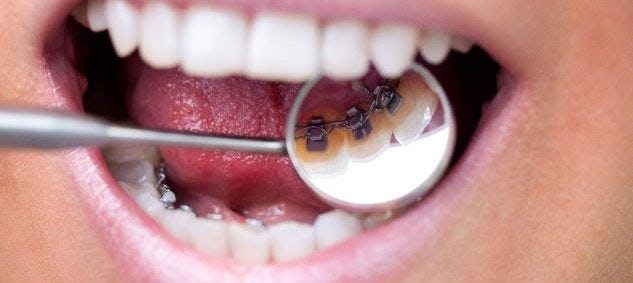
Lingual braces are a discreet option for orthodontic treatment. Unlike traditional braces that are placed on the front of the teeth, lingual braces are attached to the back of your teeth, making them virtually invisible to others. They work similarly to traditional braces by applying pressure to shift teeth into their proper alignment. Lingual braces are suitable for various orthodontic issues and offer a hidden solution for those who desire a more subtle treatment approach.
4. Palatal Expanders:
Palatal expanders are used to widen the upper jaw when it's too narrow for proper tooth alignment. They consist of a metal frame that is attached to the upper molars and a small key for adjustments. By gradually turning the key, the expander pushes against the palate, creating more space in the upper jaw. Palatal expanders are commonly used in orthodontics to correct issues like crowded teeth and crossbites, promoting a healthier bite and alignment.
5. Headgear:
Headgear is an external orthodontic appliance that is often used to correct severe overbites or underbites. It consists of a metal wire and frame that attaches to braces or other dental appliances. The headgear is worn outside the mouth, and its purpose is to exert force on the upper or lower jaw, encouraging proper alignment over time. Headgear is typically prescribed for specific cases and is crucial for addressing more complex orthodontic problems.
6. Retainers:
Retainers play a vital role in orthodontic treatment after braces or other appliances have achieved the desired results. These removable or fixed devices help maintain the new alignment of the teeth, preventing them from reverting to their previous positions. Retainers are custom-made for each patient, ensuring that the teeth stay in their corrected positions. They are an essential step in the orthodontic journey, promoting the longevity of treatment outcomes.
7. Space Maintainers:
Space maintainers are orthodontic appliances used in pediatric dentistry to hold space in the mouth for permanent teeth that have yet to erupt. When a baby tooth is lost prematurely, a space maintainer can prevent adjacent teeth from shifting into the gap, which could lead to issues with permanent tooth eruption. Space maintainers help ensure that a child's dentition develops correctly and paves the way for a healthy smile in the future.
8. Orthodontic Bands and Wires:
Orthodontic bands and wires are foundational components of traditional braces. Bands, also known as orthodontic bands, are rings that encircle the molars, providing an anchor for the braces. Wires, on the other hand, connect the brackets on the teeth and are adjusted periodically to guide the teeth into their proper positions. These components work together to apply gentle pressure and ensure teeth alignment.
9. Herbst Appliance:
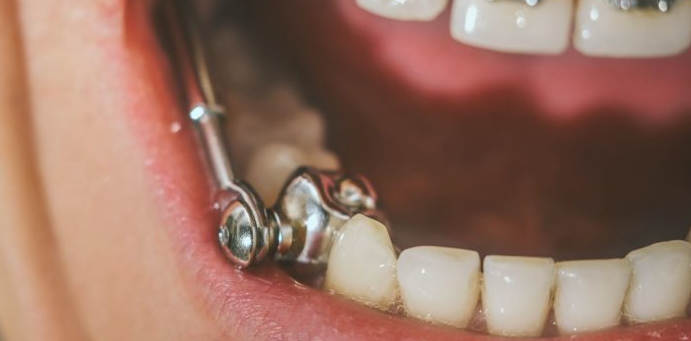
The Herbst appliance is primarily used to address overbites, particularly in younger patients with developing jaws. It consists of a metal framework that connects the upper and lower jaws, limiting their movement. By guiding the lower jaw forward, the Herbst appliance helps to correct overbites and achieve a more balanced bite.
10. Lip Bumpers:
Lip bumpers are orthodontic appliances designed to create space between the lips and the teeth. These devices are often used in cases where the patient's lower front teeth are crowded. By pushing the lower lip away from the teeth, lip bumpers prevent lip pressure from causing dental misalignment. They are especially helpful in maintaining or creating space for proper tooth alignment.
11. Temporary Anchorage Devices (TADs):
Temporary anchorage devices, or TADs, are mini-implants used in orthodontics to provide additional anchorage points for tooth movement. They are typically inserted into the jawbone to serve as fixed points that help orthodontists control tooth positions. TADs have expanded the range of orthodontic treatment options, making it possible to address more complex cases with greater precision.
12. Habit Appliances (e.g., Tongue Cribs):
Habit appliances are designed to address habits that may interfere with orthodontic treatment, such as thumb-sucking or tongue-thrusting. A tongue crib, for example, is a fixed appliance placed behind the upper front teeth to discourage tongue-thrusting. By helping patients break these habits, orthodontic treatment can proceed more effectively.
13. Mouthguards and Night Guards:
Mouthguards and night guards are protective orthodontic appliances. Mouthguards are used during sports activities to prevent oral injuries, particularly when wearing braces. Night guards, on the other hand, help protect teeth from damage caused by teeth grinding or clenching, a condition known as bruxism.
14. Jaw Repositioning Appliances:
Jaw repositioning appliances are prescribed for patients with temporomandibular joint (TMJ) disorders or malocclusions that affect jaw alignment. These appliances help reposition the jaw to a more optimal location, relieving discomfort and improving overall oral health.
The Power of Orthodontic Appliances
In the world of orthodontics, a diverse cast of appliances takes the stage, each playing a unique role in crafting healthy, confident smiles. From the steadfast reliability of traditional braces to the discreet elegance of clear aligners, these appliances are the unsung heroes of orthodontic journeys.
These remarkable tools, including palatal expanders, retainers, and jaw repositioning appliances, work diligently to correct misalignments, improve oral health, and enhance overall well-being. Understanding their significance is the first step in embracing the transformative potential of orthodontics.
So, whether you're considering orthodontic treatment or simply curious about the tools of the trade, remember that these appliances are the keys to unlocking the radiant smile you deserve. Your orthodontist, armed with a toolbox of expertise and these specialised appliances, is your guide on the path to a healthier, happier you.
